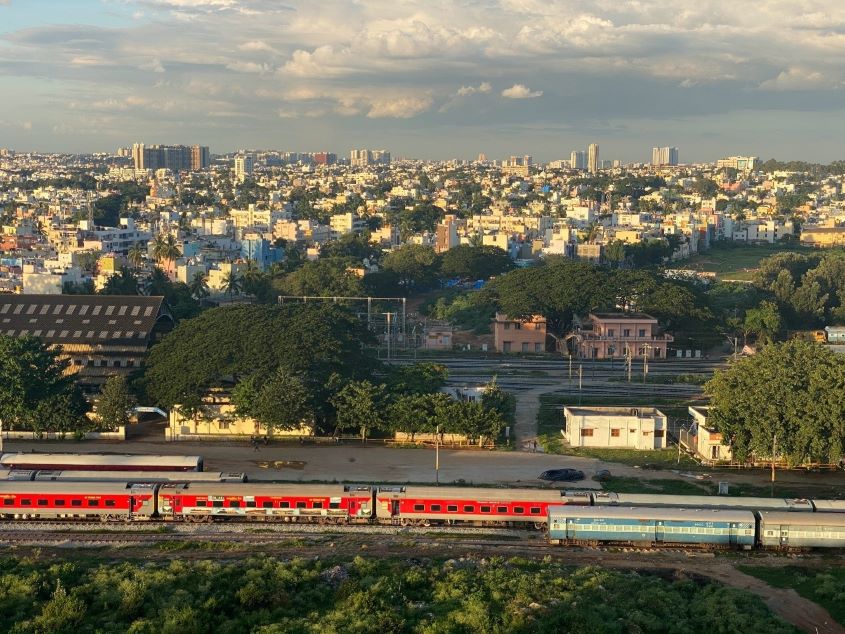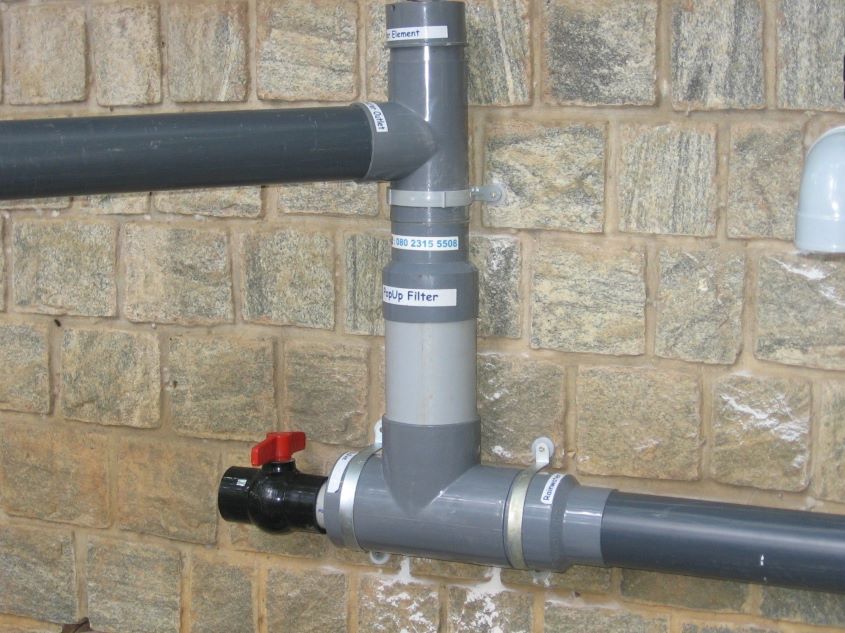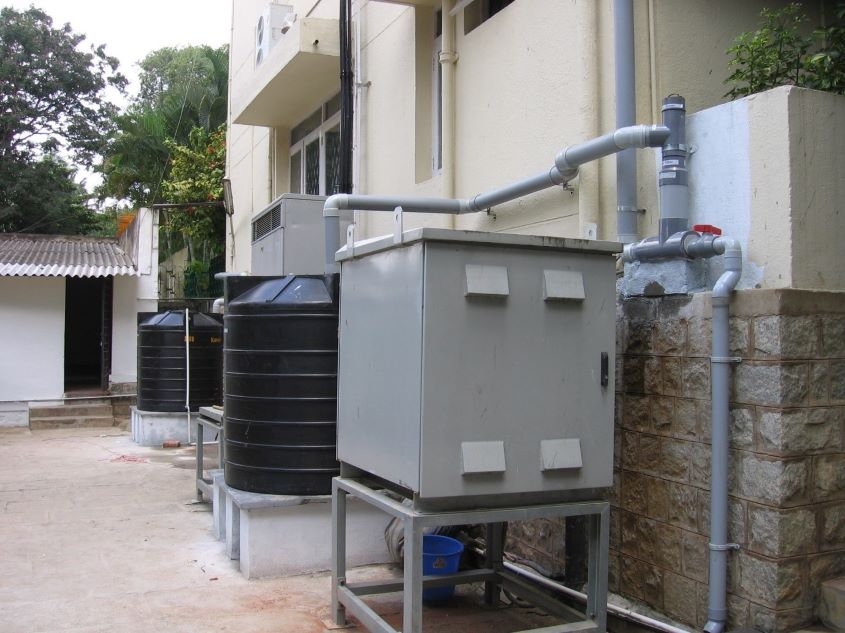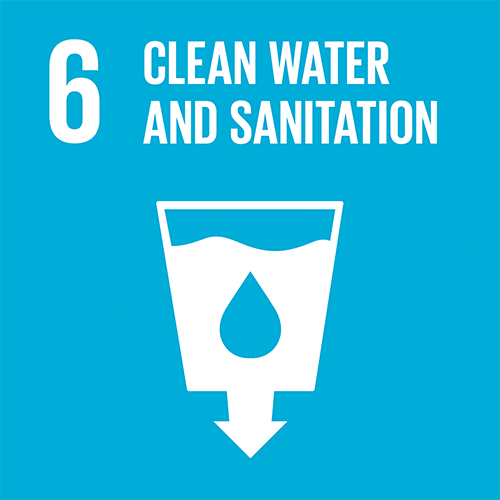It’s easy to see why Bengaluru has again been voted India’s most livable city. Situated high on the Deccan Plateau in the south state of Karnataka, the Garden City enjoys a warm and relatively mild climate, free from the blistering heatwaves that routinely plague many other Indian metropolises. As a result, Bengaluru’s 8 million inhabitants can escape to a wide range of verdant public parks, from the 250-year-old Lalbagh Botanical Garden to the 300-acre Cubbon Park.
However, India’s most livable city may soon become uninhabitable for millions of its residents. Bengaluru is running out of water.

A looming water crisis
Water shortages are a frequent headache for city authorities throughout India and many other countries. An estimated 2.3 billion people – almost a third of the world’s population – live in water-stressed countries. The scale of the challenge is encapsulated in the United Nations’ Sustainable Development Goal 6, which demands that water and sanitation be sustainably managed and made available to all by 2030.
But Bengaluru’s high elevation, far from rivers, makes the city uniquely vulnerable. For centuries, residents relied on groundwater and artificial reservoirs for their water needs. As the city’s population increased 20-fold over the past century, however, those water sources were variously depleted, drained and buried beneath the urban sprawl. Bengaluru, which uses 1.45 billion liters of water every day, is now forced to source much of this water from the distant Cauvery River, 100 kilometers to the south.
With the metropolis’ population still soaring, and the Cauvery becoming more susceptible to climate change and shifting rainfall patterns, the situation is growing increasingly unsustainable for India’s third-largest city. Scientists have now warned that Bengaluru is just years away from an ‘acute’ water crisis. Unchecked, it’s predicted that millions will soon face severe drinking water shortages.
For many, it seems like an intractable problem. For one Bengaluru resident, however, the solution to his city’s water crisis will quite literally fall from the sky.
Rainwater harvesting
A. R. Shivakumar is a Senior Scientist at the Karnataka State Council for Science and Technology (KSCST). For the past 30 years, he has been studying the potential of rainwater to meet Bengaluru’s water needs. He’s convinced that simple rainwater collection systems can help reverse dwindling water supplies – not just in Bengaluru, but throughout India and further afield.
Shivakumar became interested in harvesting rainwater back in 1994, when he decided to build a house for his family in Bengaluru. Aware of the city’s issues with water availability, and keen to reduce his dependence on municipal supplies, he consulted weather records for the area. To his surprise, he found that Bengaluru’s monsoon season meant that enough rain fell on the city in an average year to support the population’s needs.
Nature-based water conservation solutions
“Nature holds the answers to the problem of urban water scarcity,” Shivakumar explains. “Contrary to popular belief, rainfall in Bengaluru has actually gone up in the past few years, but much of it goes unharnessed. We must catch the rain wherever and whenever it falls.” As a testament to his faith in rainwater harvesting, Shivakumar declined to connect his new house to the mains. Instead, he constructed a series of tanks and filters to collect, store and purify the rain that fell on his property. Over two decades later, his family has not once run out of water, even during the driest years.
The PopUp Filter – the solution for saving water
At the heart of Shivakumar’s rainwater harvesting system is a simple but effective filter, known as the PopUp Filter. Designed by Shivakumar himself, the PopUp Filter is a compact, wall-mounted device designed to be used even by those with no experience of rainwater harvesting. Rainwater enters the filter and is forced upwards through a plastic mesh. Large and heavy contaminants, such as leaves, dirt and bird droppings, collect at the bottom of the filter, where they can be flushed away. The filtered water, meanwhile, exits the filter via a separate pipe. From here, it can be stored and, if necessary, decontaminated.

Patenting the PopUp Filter
To protect his invention from copycat designs, and to prevent other scientists from inadvertently reinventing his water resources management system, in 2005 Shivakumar decided to patent his PopUp Filter. Navigating the process and familiarizing himself with the necessary legal language proved a time-consuming process, and his patent was finally granted only in 2011. Fortunately, his colleagues at the KSCST now run a Patent Information Office. By providing intellectual property (IP)-related services to Karnataka’s science and technology community, the Patent Information Office aims to take the pain out of patenting for innovators following in Shivakumar’s footsteps.
“We have a number of IP experts here,” explains the KSCST’s Executive Secretary, H. Hemanth Kumar. “And when someone has come up with an interesting idea, our experts work with them to see if it can be patented. Is their innovation novel? Could the design be improved? If their innovation meets the criteria, we then guide them through the process of filing a patent. They get to work with patent agents and attorneys, which gives them a better understanding of the whole patenting system in India.”
If a patent is granted – a process that can still easily take three years in India, and occasionally much longer – the patent holder is granted exclusive rights to their IP. This empowers them to prevent others from copying or commercially exploiting their invention without their consent. By supporting individuals to develop new and innovative products, the Patent Information Office contributes to the KSCST’s goal of making scientific innovation useful to the people of Karnataka.
IP licensing of the PopUp Filter
Shivakumar’s PopUp Filter is a shining example of how IP can allow people to benefit from new and innovative products. Since being granted the patent, Shivakumar and the KSCST have licensed the IP to commercial ventures, allowing companies to build, distribute and sell the filter to homeowners and construction companies across India. “It can be useful to make money through patents,” says Hemanth Kumar, “but that’s not the main goal here. What we really want is to see people using and benefiting from new products like the PopUp Filter.”
It was in this spirit that Shivakumar began promoting his system throughout Bengaluru. “Together with the KSCST, he trained people on how to build, install and use his rainwater harvesting system,” recalls Hemanth Kumar. “We ran awareness raising programs in schools and colleges. Schoolkids would come home and ask their parents, ‘How come we don’t harvest rainwater at home?’ That’s the kind of enthusiasm he generated.” Indeed, Shivakumar’s passionate promotion of rainwater harvesting has even earned him the nickname ‘Bengaluru’s Rain Man’.
Thanks to his efforts, more than 160,000 homes in Bengaluru are now fitted with rainwater harvesting systems, and it has become a legal requirement for them to be included in new builds over a certain size. Bengaluru’s Rain Man has also helped install larger rainwater harvesting systems in Karnataka’s High Court and 172-room Legislative House. Beyond Karnataka, his easy-to-use filter is being employed in India’s north-eastern state of Meghalaya, as well as several African and European countries.

Optimism for the future of Bengaluru
Meeting Bengaluru’s growing water needs will remain a challenge for the foreseeable future. But Shivakumar is certain that rainwater harvesting is key to sustainable water management. “If even half of the houses in the city are retrofitted with rainwater harvesting systems, Bengaluru may never face water scarcity again,” he argues. “And this goes for other Indian cities, too.”
Hemanth Kumar shares his optimism. “I think every city in India will introduce rainwater harvesting policies in the future. But even in places without policies, we’re already seeing people use the PopUp Filter. They can see the benefit of having a more sustainable, reliable water supply. The technology speaks for itself.”
Source: WIPO

 Client Focus
Client Focus 